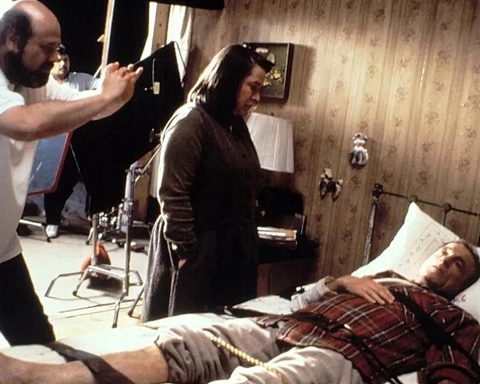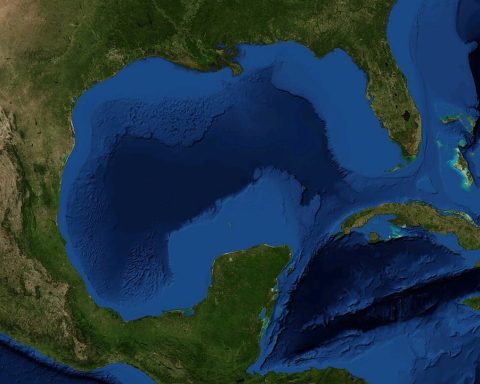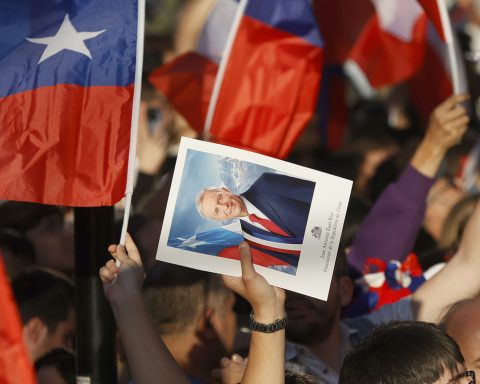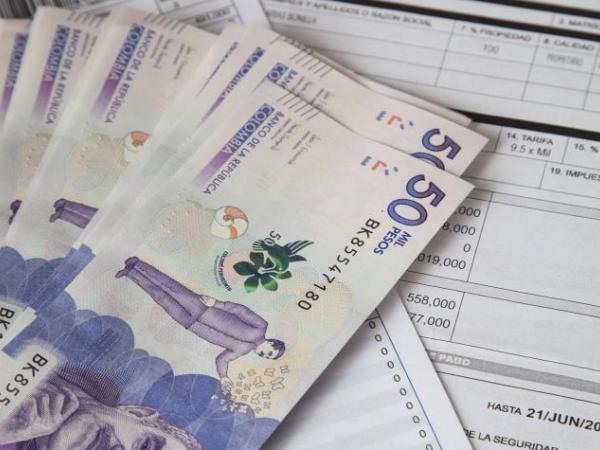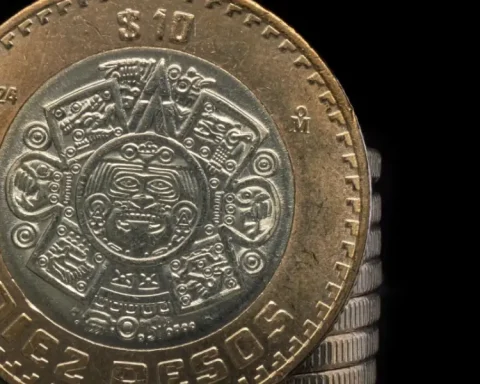Inflation in the United States registered 9.1% last month, the biggest increase in 41 years.
“We don’t need to look at the official statistics to know what the problem is,” said Peter Ireland, an economics professor at Boston College. “The shock in today’s report really comes from the fact that inflation actually kept going up.”
The Consumer Price Index showed that gasoline is one of the main causes of inflation in general, with prices up 60% compared to this time last year.
Electricity prices rose 14% and groceries rose 12%.
Income is one of the main contributors to that rise in the June report. Rates increased an average of 5.8%. It is the highest increase since 1986.
On a monthly basis, the consumer price index increased 1.3% in June, far exceeding the 1% increase seen in April.
The new data comes as the Federal Reserve pursues a series of interest rate hikes that are aimed at tackling inflation by slowing the economy and reducing demand. However, there is a risk of driving the economy into a recession.
The high inflation figure could prompt the Fed to seek a more aggressive approach to raising interest rates. The new data comes days after new jobs were higher than expected last month. This suggests that employers are not intimidated by increases in the cost of borrowing from the Federal Reserve. “The million dollar question is how strong is the Fed to apply the brakes,” said Hernán Moscoso Boedo, an economist at the University of Cincinnati.
“The data shows a continued acceleration in inflation that will put more pressure on the Fed to raise the interest rate more than expected, and that increases the possibility that the United States. go into recession,” he added.
President Joe Biden called the new inflation data “unacceptably high” but downplayed the report as “out of date.” Gasoline prices, which accounted for almost half of the monthly rise in inflation, have fallen since last month, Biden said. “Those savings are providing important breathing room for American families,” he added.
Over the past month, the national average price of gasoline has dropped about 35 cents to $4.65 a gallon. But more needs to be done to reduce inflation, which remains “the most pressing economic challenge,” Biden said. “Tackling inflation is my top priority,” she added. “We need to make more progress, more quickly, to control price increases.”
At a Fed meeting last month, just days after May inflation data was released, the central bank raised its benchmark interest rate by 0.75%, its biggest hike since 1994. brought the interest rate to a range of 1.5% to 1.75%
The Fed is expected to raise interest rates again later this month. Its officials are considering an increase of 0.50% or 0.75% at the next meeting, according to minutes published on July 6.

